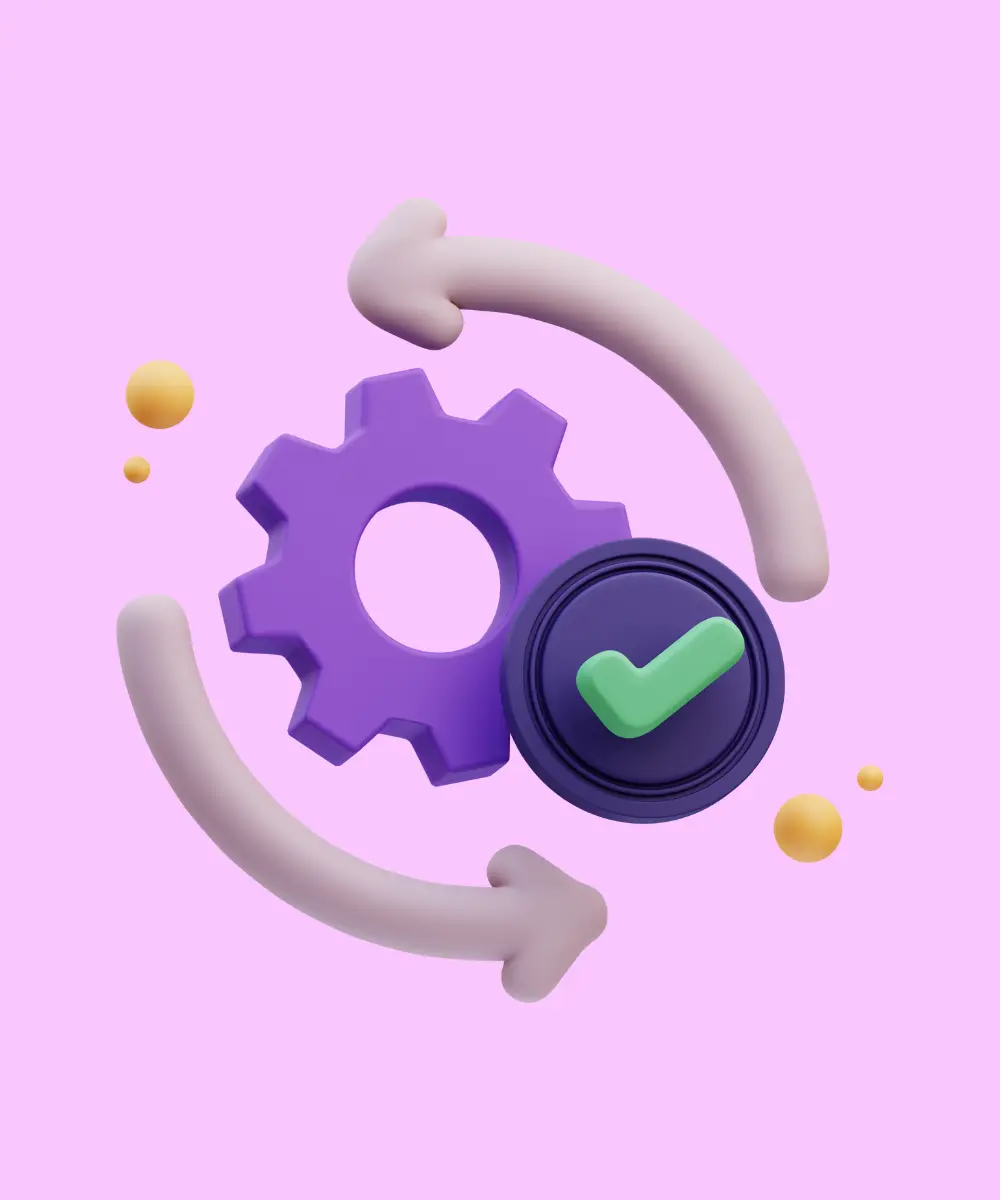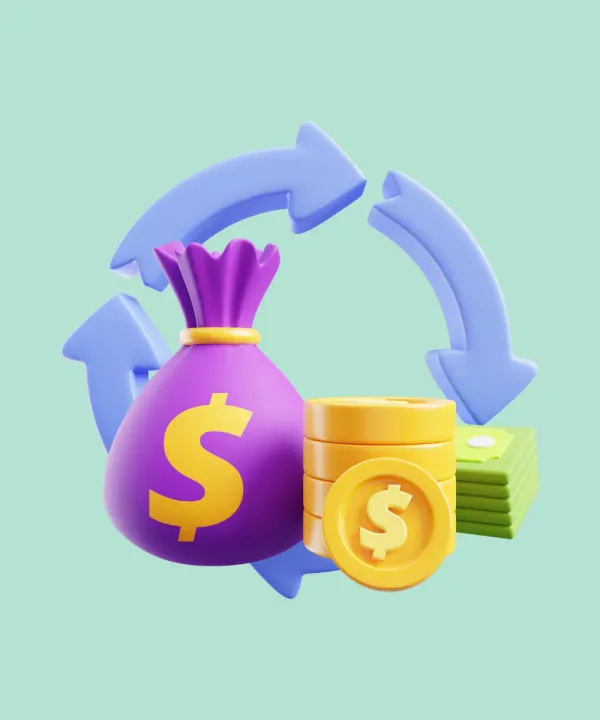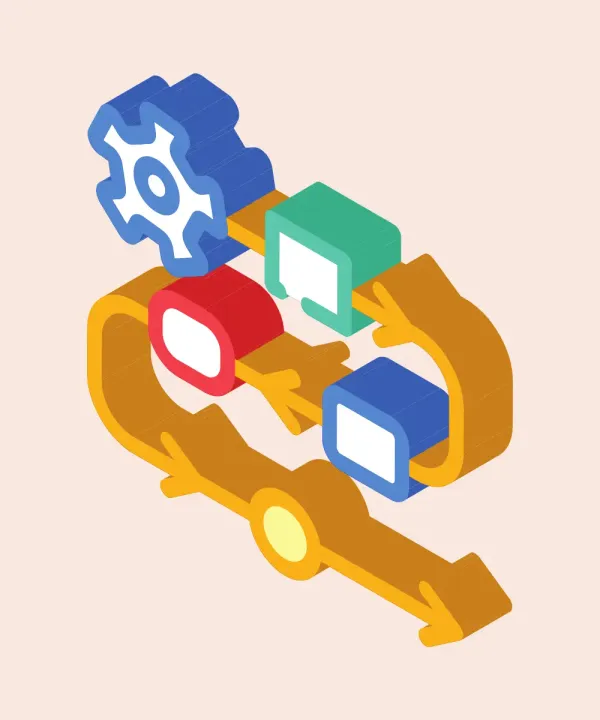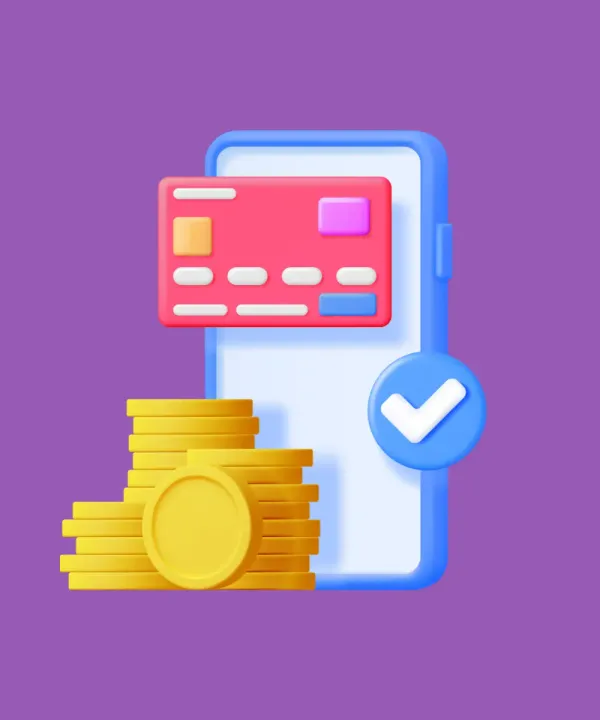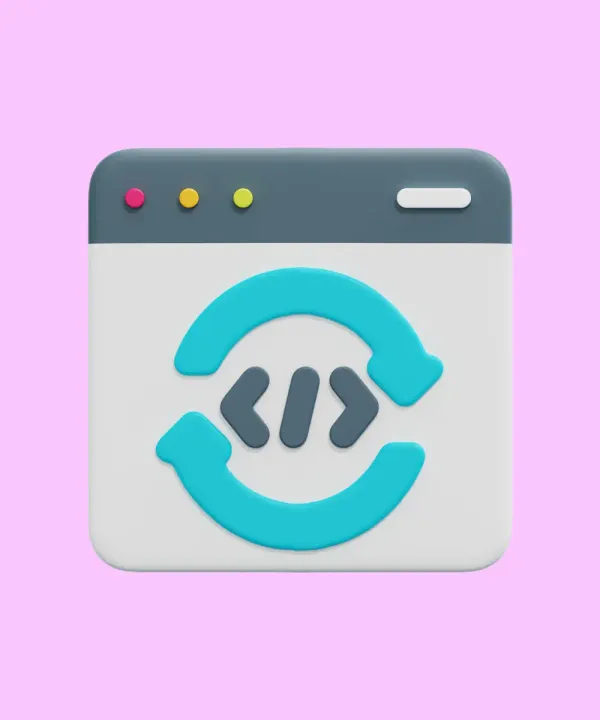Introduction
In the ever-evolving digital landscape, mobile applications have become a cornerstone of business success. However, the journey doesn't end with the launch of an app. Post-launch, application maintenance emerges as a pivotal aspect, often determining the long-term viability and effectiveness of the mobile application.
Recent studies reveal startling statistics: over 20% of users abandon an app after first use, and apps lose around 77% of their daily active users within the first three days post-install. These figures highlight a crucial reality – the need for continuous improvement and maintenance.
This in-depth guide will explore the critical role of application maintenance in retaining user engagement, ensuring optimal performance, and maintaining a competitive edge. Whether you're a startup or an established enterprise, understanding the nuances of application maintenance can mean the difference between an app's success or its decline into obscurity. Let’s dive in to unravel the layers of application maintenance and its undeniable impact on the mobile app lifecycle.
Importance of Application Maintenance
Ensuring long-term viability and user retention
In the mobile app industry, the importance of maintaining an app cannot be overstated. Post-launch maintenance is critical for long-term success. Applications that are regularly updated and maintained see higher user retention rates. This is not surprising considering that 90% of users reportedly stop using an app due to poor performance, according to a survey by Dimensional Research.
Example: Consider the success story of Instagram. Initially launched as a simple photo-sharing app, Instagram has continually evolved through regular maintenance and updates. This commitment to constant improvement has been pivotal in its growth to over a billion active users. Instagram's evolution from basic photo filters to introducing features like Stories, Reels, and IGTV showcases the importance of adapting to user needs and technological advancements.

Meeting evolving user expectations
The digital marketplace is dynamic, with user expectations constantly evolving. Regular maintenance helps apps meet these changing demands. Features that were once considered innovative can quickly become standard, necessitating continuous enhancements to stay relevant.
Example: Netflix, a leader in the streaming industry, constantly updates its app for performance improvements and new features. This approach has helped Netflix stay ahead of evolving user expectations and maintain a strong user base despite fierce competition in the streaming market.

Competitive edge in a saturated market
With millions of apps in the market, standing out is challenging. Regular maintenance and updates can give your app a competitive edge. Apps that are frequently updated are often perceived as more reliable and valuable by users.
Example: Slack’s rise in the highly competitive market of team communication tools can be attributed to its relentless focus on app maintenance and updates. Regular updates with new features and integrations have kept Slack at the forefront of workplace communication solutions.
Compliance and security
With increasing concerns about data privacy and security, maintaining an app also means ensuring it complies with the latest security standards and legal requirements. Regular updates can patch vulnerabilities, keeping user data safe and the app compliant with data protection laws.
Example: Banking apps like Chase and Bank of America regularly update their mobile applications to comply with the latest security protocols. This commitment to security helps in protecting user data and maintaining trust, which is crucial in the finance sector.
Cost-efficiency in the long run
While app maintenance does incur costs, it is more cost-efficient in the long run. Addressing issues early on can prevent costly overhauls later. Regular maintenance also helps in optimizing resources, leading to better performance without additional strain on the app’s infrastructure.
Example: Adobe’s transition from traditional software to a cloud-based subscription model with Adobe Creative Cloud exemplifies cost-efficient maintenance. Regular updates and cloud-based services have reduced the need for extensive overhauls, ensuring a steady and improved user experience.
Enhanced user experience
User experience is paramount. Maintenance includes fixing bugs, improving load times, and enhancing the overall user interface, all of which contribute to a smoother, more engaging user experience. A study by PWC found that 32% of customers would leave a brand they loved after just one bad experience, underscoring the importance of a well-maintained app.
Example: Spotify's regular updates focusing on user interface improvements and performance enhancements have significantly contributed to its high user satisfaction rates. These updates have made navigation smoother and listening experiences more personalized, leading to increased user engagement.
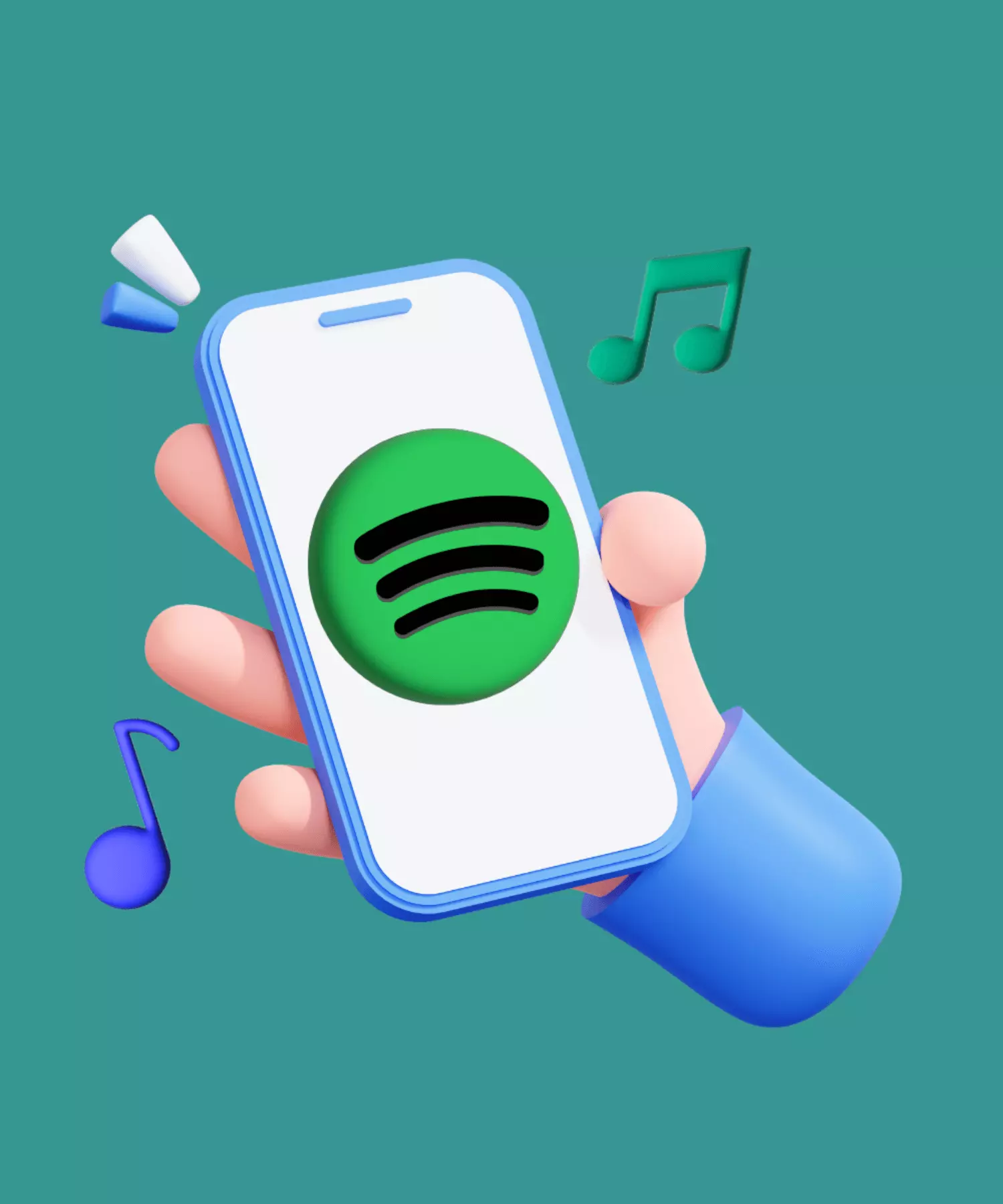
Analytics and adaptation
Maintenance periods are opportunities to analyze user data and feedback. This information is invaluable for adapting and tailoring the app to better suit user needs and preferences, which can lead to increased user satisfaction and loyalty.
Example: Duolingo uses maintenance periods to analyze user data, leading to significant adaptations in its language learning app. This data-driven approach has resulted in a more personalized and effective learning experience, contributing to its high user retention rates.
Innovation and feature upgrades
In a tech-driven world, innovation is the key to staying relevant. Regular maintenance isn’t just about fixing what’s broken; it’s also about upgrading and innovating. Adding new features keeps the app fresh and engaging for users.
Example: The constant innovation in Apple’s iOS exemplifies how regular maintenance and feature upgrades can keep a product line fresh and relevant. Each iOS update brings new features and improvements, keeping users engaged and loyal to the Apple ecosystem.
Types of Application Maintenance
Corrective maintenance
Corrective maintenance is an essential aspect of application upkeep, focusing on identifying, diagnosing, and rectifying bugs, errors, and other operational defects within the application. This type of maintenance is reactive, kicking in after issues have been reported by users or detected through monitoring systems.
Imagine a user-facing issue in a popular streaming app like Netflix, where videos suddenly start buffering excessively or fail to play. Corrective maintenance would involve a comprehensive process where developers first replicate the issue, identify the root cause (which could range from server problems to coding errors), and then proceed to develop and test a solution. This fix is then rolled out to users, often through an app update, ensuring that the service remains seamless and dependable.
Adaptive maintenance
Adaptive maintenance involves updating and tweaking the application to remain compatible and efficient amidst changing external conditions. This includes ensuring compatibility with new operating system updates, hardware changes, evolving user interface standards, and external API adjustments.
Each time Apple releases a new iPhone model or iOS update, apps like Instagram must undergo adaptive maintenance. This process involves developers ensuring that the app's interface and functionalities are optimized for the new screen sizes, resolution, or operating system features. It also means staying compliant with any new privacy or security guidelines introduced in the update, thus maintaining a consistent and secure user experience across all devices.
Perfective maintenance
Perfective maintenance is a proactive approach aimed at refining and enhancing the application’s functionality and performance. This type of maintenance is driven by user feedback, analytics, and emerging business requirements. It’s about fine-tuning the app to make it more user-friendly, efficient, and aligned with the user's evolving needs.
Consider a productivity app like Asana or Trello. Based on user feedback or observed usage patterns, the development team might introduce new features such as better task categorization, enhanced collaboration tools, or integration with other productivity apps. They may also optimize the app’s performance for faster loading times and smoother operation, thereby enhancing the overall user experience and satisfaction.
Preventive maintenance
Preventive maintenance encompasses actions taken to prevent future problems or degradation of the app. This includes updating and optimizing code, refining features for better performance, enhancing security measures, and updating documentation for better maintainability.
An e-commerce app like Amazon might undertake preventive maintenance by refactoring their code to improve load times and responsiveness. They could also update their server infrastructure to handle increased traffic during peak shopping seasons, thus ensuring a smooth shopping experience for users.
Emergency maintenance
Emergency maintenance is a critical and often unforeseen aspect of app maintenance, involving immediate action in response to sudden, critical issues. This maintenance type is focused on rapidly addressing problems that could severely impact the app’s functionality, user experience, or security.
If an instant messaging app like WhatsApp discovers a critical security vulnerability that could compromise user data, emergency maintenance is required. The team would rapidly develop and deploy a security patch to address the vulnerability, preventing potential data breaches and maintaining user confidence in the app’s security.
App Maintenance Cost
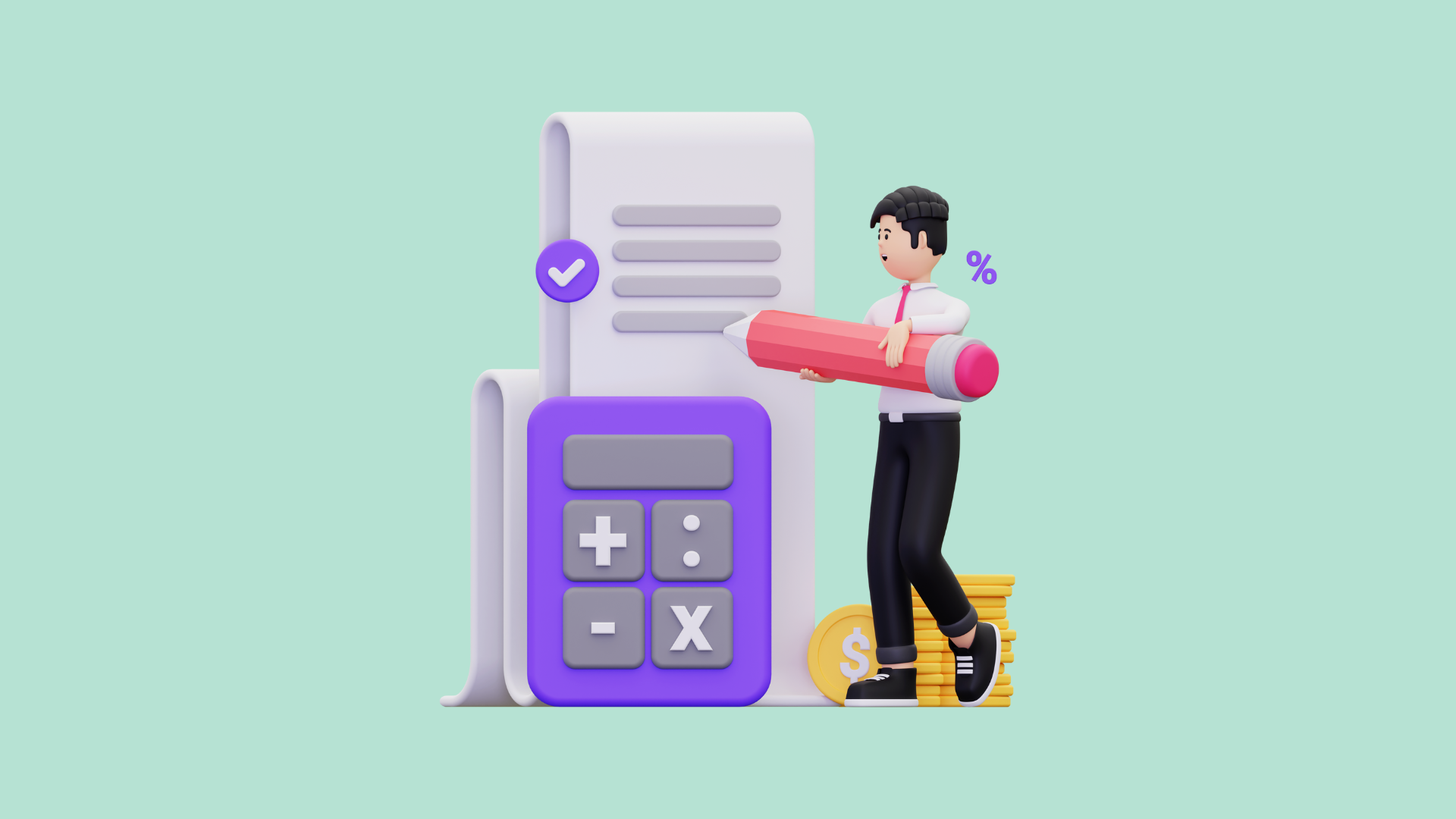
App maintenance costs can vary widely, but understanding the range of expenses involved is crucial for effective budget planning. These costs are influenced by several factors, including the app's complexity, platform requirements, update frequency, and more. Let's break down the costs by factors:
Complexity and functionality
- A simple app with basic features might incur annual maintenance costs ranging from 10% to 15% of the original development cost.
- In contrast, a complex app with advanced features, such as real-time functionalities, sophisticated user interfaces, or extensive backend support, could see maintenance costs climb to 20% - 25% of the initial development cost.
Platform support
- Supporting multiple platforms can increase maintenance costs by as much as 50% compared to a single-platform app. For example, an app that cost $100,000 to develop might incur $15,000 in annual maintenance for one platform, but this could rise to $22,500 if supporting both iOS and Android.
Update frequency
- Apps requiring frequent updates, perhaps monthly or quarterly, can expect higher maintenance costs. For instance, an app with quarterly updates might see a 20% increase in maintenance costs compared to one with biannual updates.
Server and infrastructure expenses
- Hosting costs can range from $20 to $60 per month for basic apps to over $200 per month for apps with high traffic or intensive data usage.
- Additional costs for databases, backend support, and content delivery can add another $100 to $500 per month, depending on usage.
Personnel and development resources
- Developer costs can vary widely by region. In North America, the average hourly rate for a mobile app developer ranges from $100 to $150, whereas in Eastern Europe or Southeast Asia, the rates can be between $30 and $50 per hour.
- A small to medium-sized app might require 10 to 20 hours of maintenance work per month, translating to a monthly cost of $1,000 to $3,000 in high-wage regions or $300 to $1,000 in lower-wage regions.

Overall annual maintenance costs
- For a mid-range app with moderate complexity, the annual maintenance cost can be estimated at around 15% to 20% of the initial development cost. For an app that initially cost $100,000 to develop, the annual maintenance might be in the range of $15,000 to $20,000.
- For high-end, complex apps, this figure can rise significantly, potentially reaching 25% - 30% of the initial development cost.
Best Practices in App Maintenance
Maintaining a mobile app effectively involves more than just regular updates. It requires a strategic approach to ensure the app remains functional, efficient, and appealing to users. Here are some best practices in app maintenance that can help achieve these goals:
Regular and planned updates
- Schedule regular maintenance: Establish a regular schedule for updates, whether they're for security patches, performance enhancements, or new features. This helps in managing user expectations and ensures consistency.
- Update roadmaps: Develop and maintain a roadmap for future updates. This should align with both user feedback and business objectives, helping prioritize the most impactful updates.
User feedback integration
- Monitor user reviews: Regularly monitor user reviews and feedback across various platforms. This is a rich source of insights into what users like and dislike about your app.
- Iterative improvements: Implement changes based on user feedback. This shows users that their opinions are valued and helps in refining the app to better meet their needs.
Performance monitoring and optimization
- Use analytics: Employ analytics tools to monitor app performance and user behavior. This data can help identify areas for improvement.
- Optimize performance: Focus on optimizing the app’s performance, such as load times, to enhance user experience. Even minor improvements can have a significant impact on user satisfaction.
Proactive security measures
- Regular security audits: Conduct regular security audits to identify and address vulnerabilities. This is crucial for protecting user data and maintaining trust.
- Stay updated on security trends: Keep abreast of the latest security threats and trends. Implementing the latest security best practices can safeguard your app against emerging threats.
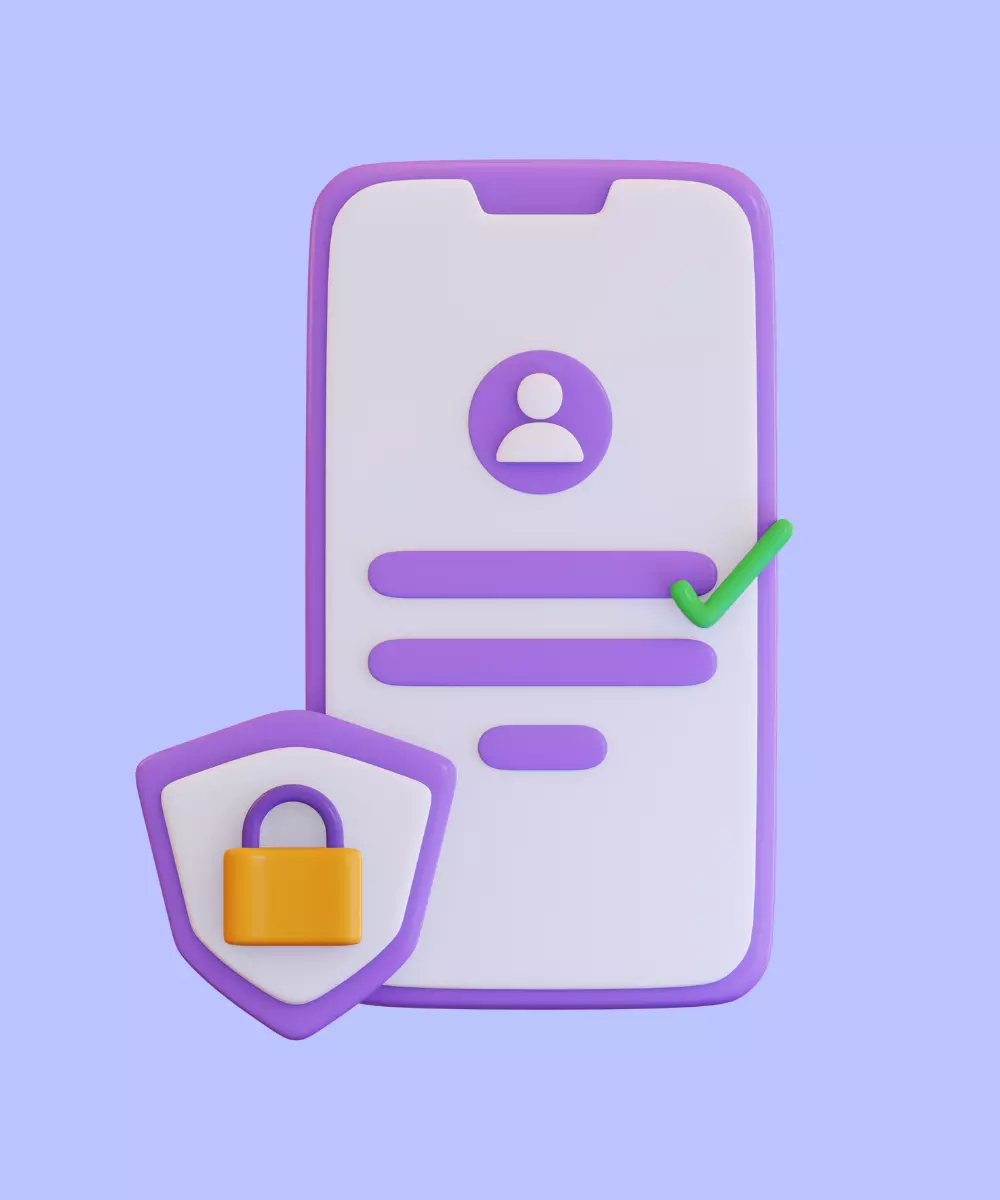
Efficient bug tracking and resolution
- Effective bug tracking system: Utilize an efficient system for tracking and resolving bugs. This should enable quick identification, categorization, and prioritization of issues.
- Responsive issue resolution: Ensure a quick response to critical issues. The faster a problem is resolved, the less impact it has on user experience.
Continuous learning and adaptation
- Stay informed on technological advances: Keep up with the latest trends and advancements in app development and maintenance. This can provide opportunities for introducing innovative features and improvements.
- Adapt to market changes: Be prepared to adapt to changes in the market. This includes evolving user preferences, new technologies, and changes in the competitive landscape.
Leveraging automation
- Automate routine tasks: Implement automation for routine maintenance tasks where possible. This can include automated testing, deployment, and performance monitoring, allowing the team to focus on more complex tasks.
- Continuous integration and deployment: Employ continuous integration and deployment (CI/CD) pipelines to streamline the development and deployment of updates. This can help in reducing errors and speeding up the release process.
Effective communication with stakeholders
- Keep users informed: Communicate with users about upcoming updates, especially if they include major changes or improvements. Transparency can build trust and manage user expectations.
- Engage with stakeholders: Regularly engage with all stakeholders, including team members, investors, and users. Keeping everyone informed and involved can ensure alignment and support for maintenance activities.
Conclusion
Effective app maintenance is a critical pillar in the success of any mobile application. It goes beyond technical upkeep, influencing user satisfaction, app reliability, and overall market competitiveness. Regular updates, responsiveness to user feedback, and adaptation to technological changes are not just necessary; they are what differentiate thriving apps from those that fall behind.
Remember, your app is a living entity in a dynamic digital ecosystem. Its success hinges on how well it adapts, evolves, and meets the ever-changing needs of its users. Stagnation is the enemy; continual improvement is the key.
As we look to the future, the importance of maintaining and innovating within your app cannot be overstated. Whether you’re a startup or an established business, understanding and implementing effective maintenance strategies is crucial.
For expert guidance and support in navigating the complexities of app maintenance, our team at What the Flutter is here to help. Contact us today to ensure your app remains a step ahead in the competitive market, delivering not just functionality but excellence. Let’s collaborate to secure the ongoing success and relevance of your mobile application.

